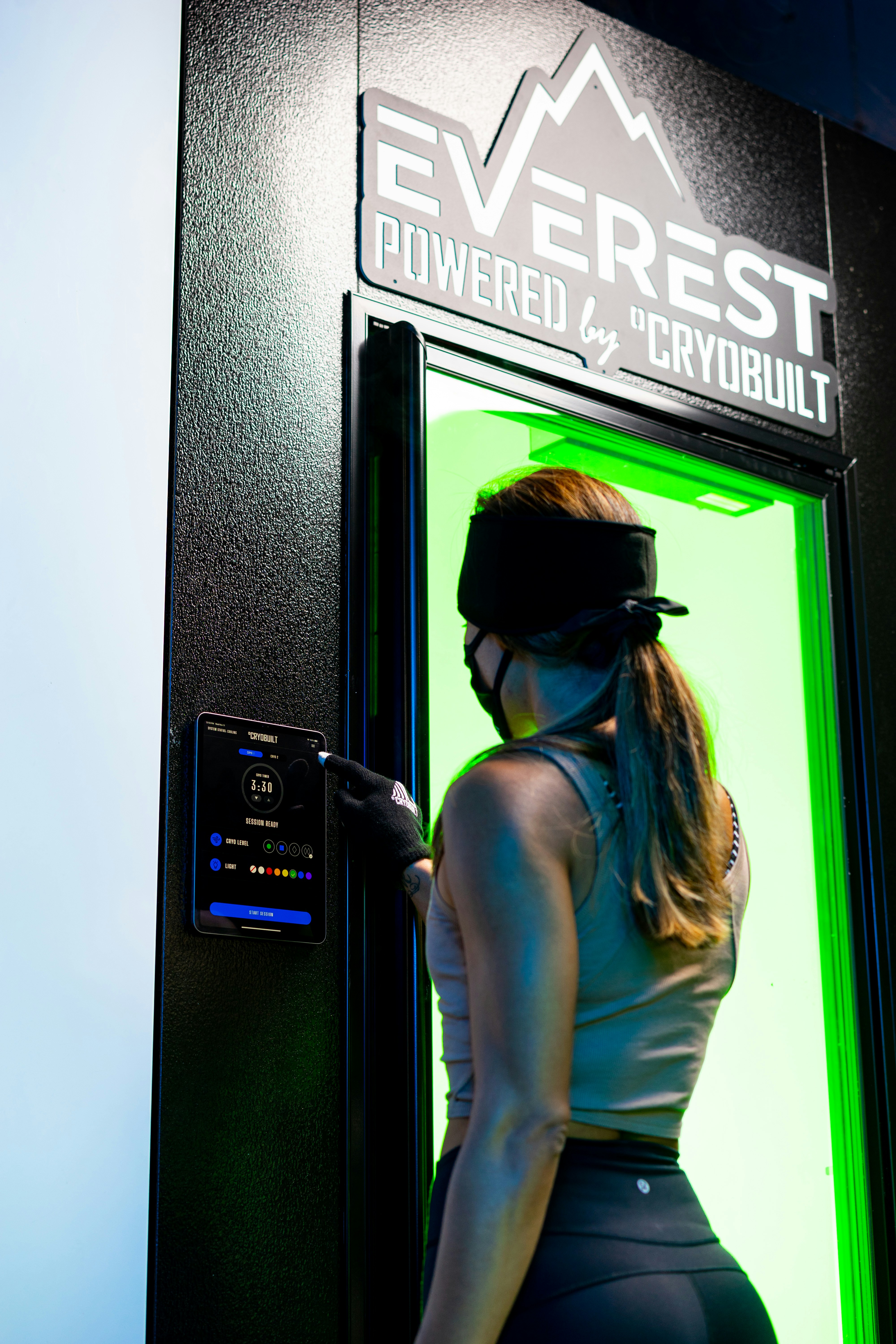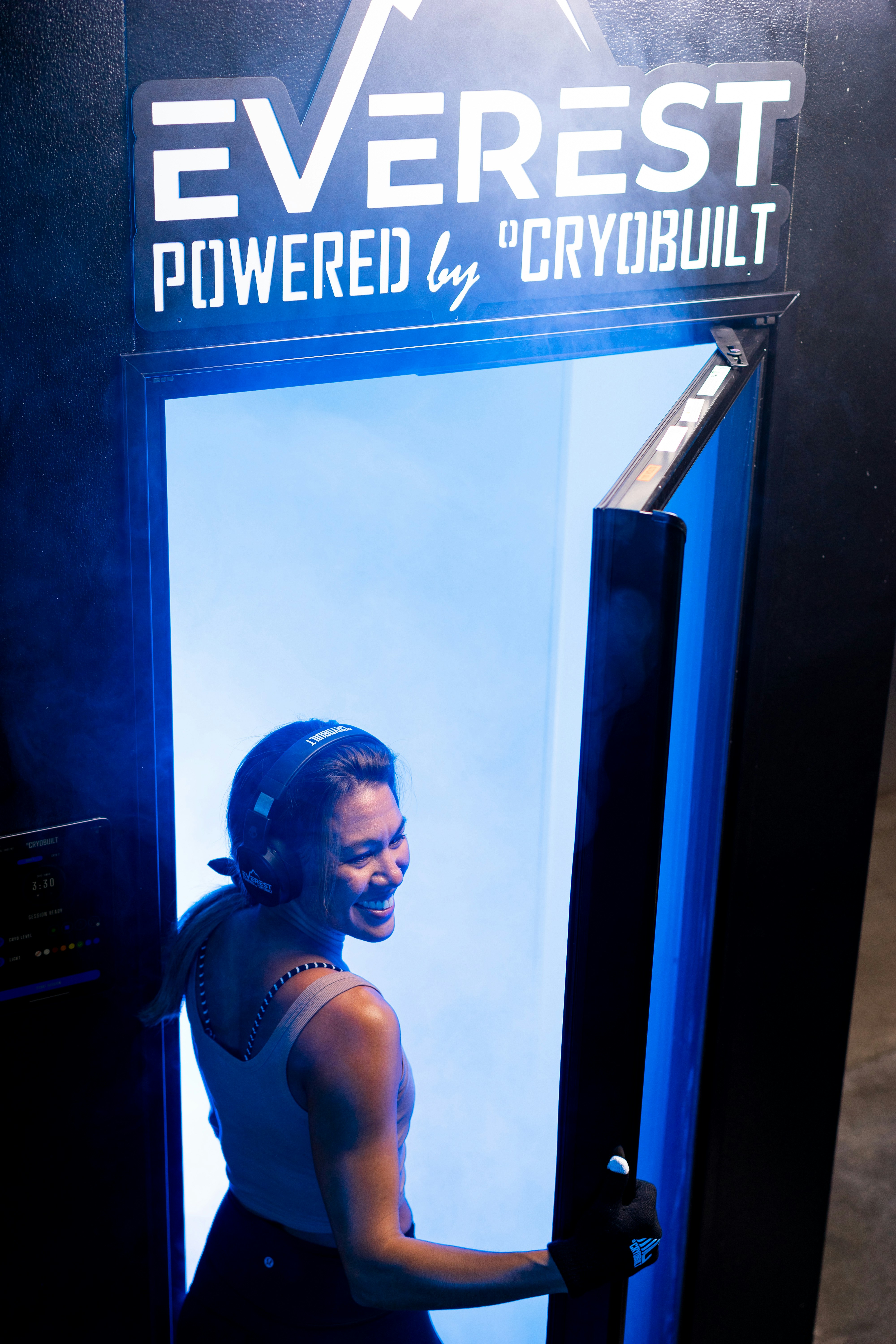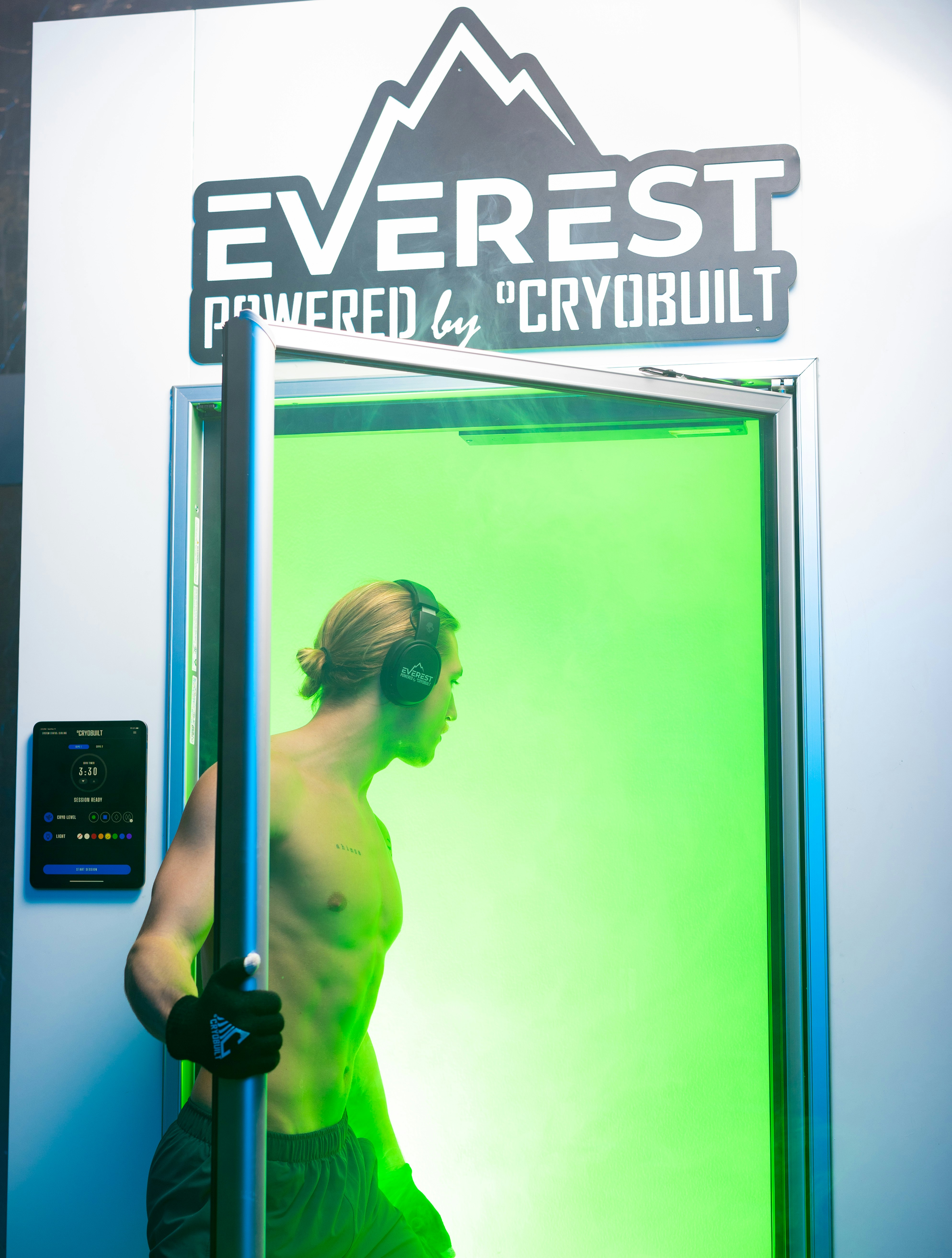Have you ever wondered why some people swear by the benefits of taking a plunge into an icy bath or stepping into a freezing cold chamber? It might sound counterintuitive, but cold therapy is gaining traction as a potent vehicle for rejuvenation and anti-aging. In our often-quest for eternal youth, it’s fascinating to explore the scientific underpinnings that validate or debunk these claims.
This guide digs into the intriguing world of cold therapy and its potential anti-aging benefits. We will carefully unravel the science behind this practice, highlighting how and why it might just work. With a friendly tone, I aim to guide you through concepts and information that might just change your perception about the chilly practice.
Understanding Cold Therapy
Cold therapy, also known as cryotherapy, is a treatment where the body is exposed to extremely cold temperatures for several minutes. This exposure can happen through whole-body methods, such as cryotherapy chambers, or localized techniques, such as ice packs. This treatment isn’t just a modern fad — it has roots dating back to ancient civilizations.
Historical Background
To fully appreciate cold therapy’s role in wellness, it’s insightful to look at its historical context. Ancient Greeks and Egyptians were known to employ cold applications for therapeutic purposes. Even renowned figures like Hippocrates advocated for using cold as a remedy for ailments.
Forms of Cold Therapy
Modern cold therapy comes in multiple forms, each having its own set of applications and benefits. Here is a look at some popular methods:
| Form of Cold Therapy | Description |
|---|---|
| Cryotherapy Chambers | Involves entering a chamber with temperatures as low as -200°F for 2-4 minutes. |
| Ice Baths | Involves sitting in a bathtub filled with ice-cold water for 5-10 minutes. |
| Ice Packs | Localized cold application using ice packs to target specific areas. |
| Cold Showers | Daily showers with cold water to stimulate circulation and invigorate senses. |
The Science Behind Cold Therapy
The potential benefits of cold therapy are intriguing, but how does it actually work on a cellular level? The science points to several mechanisms that could explain its effects.
The Role of Hormesis
Hormesis is a biological phenomenon where a beneficial effect results from low-dose exposure to a potentially harmful agent. In the context of cold therapy, this means that brief, intermittent exposure to cold temperatures might stimulate cellular protection processes.
When your body is exposed to cold, it responds by sharpening its defensive mechanisms, promoting repair and rejuvenation. This is similar to how exercise benefits the body, despite being a form of stress.
Impact on Blood Circulation
Cold therapy significantly impacts blood circulation. When exposed to cold temperatures, your blood vessels initially constrict, reducing blood flow to the skin. Once out of the cold environment, your body warms up, causing the vessels to dilate and the blood flow to increase. This process can lead to improved circulation and removal of metabolic wastes from tissue.
Influence on Inflammation and Immunity
There is good evidence suggesting that cold exposure reduces inflammation, a noteworthy culprit in many chronic diseases and aging processes. Pro-inflammatory cytokine levels decrease with cold exposure, which can help boost the immune response and enhance cellular repair mechanisms, contributing to an anti-aging effect.
Anti-Aging Effects of Cold Therapy
Now that you have a better understanding of the science behind cold therapy, it’s time to explore its potential anti-aging benefits more thoroughly. Let’s delve into how this chilly treatment might just be the hot new anti-aging weapon.
Skin Health and Elasticity
One of the most visible areas where cold therapy seems to exert a positive influence is the skin. Exposure to cold can discourage redness and puffiness, while also encouraging tightened skin and reduced appearance of pores. Over time, improved circulation can deliver more oxygen and nutrients to skin cells, strengthening the skin’s barrier and improving elasticity.
Cellular Repair and Longevity
Your cells have an intricate self-repair mechanism that can deteriorate with age. Cold therapy might stimulate these processes by activating certain proteins and heat shock proteins (HSP). Studies have shown that cold exposure can increase the expression of longevity genes, such as those regulating the production of the SIRT family of proteins. These proteins are associated with extended lifespan and cellular repair processes.
Boost in Collagen Production
Collagen is a protein essential for maintaining skin elasticity and firmness, but its production tends to decrease with age. Cold therapy may help stimulate collagen production, creating a more youthful appearance by maintaining the skin’s structural integrity.
Muscle Recovery and Physical Rejuvenation
Ageing not only impacts skin, but also the musculoskeletal system. Cold therapy, particularly through ice baths and cryotherapy chambers, may assist in muscle recovery by reducing muscle inflammation and soreness. This is particularly beneficial for athletes or those involved in strenuous physical activity.
Mental Well-being and Stress Reduction
While physical aspects are often emphasized, mental health and well-being cannot be overlooked in anti-aging. Cold exposure is known to trigger the release of endorphins, adrenaline, and norepinephrine, hormones linked to mood enhancement and stress reduction.

How to Incorporate Cold Therapy into Your Routine
If the potential benefits have piqued your interest, you’re likely wondering how you can incorporate cold therapy into your own routine. As with any new regimen, it’s essential to approach it safely and gradually.
Safety Guidelines
Before starting any cold therapy, consult with a healthcare professional. Here are some general tips:
- Start slow: Begin with cool showers before advancing to ice baths or cryotherapy.
- Listen to your body: If you feel discomfort or pain, it’s crucial to stop.
- Limit exposure: Don’t exceed recommended time limits; typically, an ice bath should last 5-10 minutes, while cryotherapy sessions range from 2-4 minutes.
- Hydration is key: Stay hydrated before and after sessions to avoid shock and aid recovery.
Localized vs Whole-Body Cold Therapy
Determine whether you need localized treatment for specific joint pain or general rejuvenation, which may incline you towards whole-body experiences like cryotherapy chambers.
Creating a Sustainable Routine
Incorporating cold therapy into your lifestyle isn’t just about adopting a practice, but making it sustainable long-term. You might combine cold showers as a daily ritual and save ice baths for post-exercise recovery, thus tailoring the practice to fit your personal needs.

Conclusion: Is Cold Therapy Right for You?
While the scientific support for cold therapy’s anti-aging benefits continues to evolve, there is compelling evidence suggesting its potential. Whether you’re seeking to invigorate your skin, mitigate muscle soreness, or boost your mental state, cold therapy might offer the rejuvenation you seek.
As with any wellness practice, it’s crucial to listen to your body, start gradually, and consult with your healthcare provider to ensure the practice is appropriate for your personal health circumstances. Whether or not the promises of anti-aging hold true in your experience, the sense of invigoration and vitality could make it a practice worth embracing. Who knows? The chill of icy waters might become your new warm embrace.




